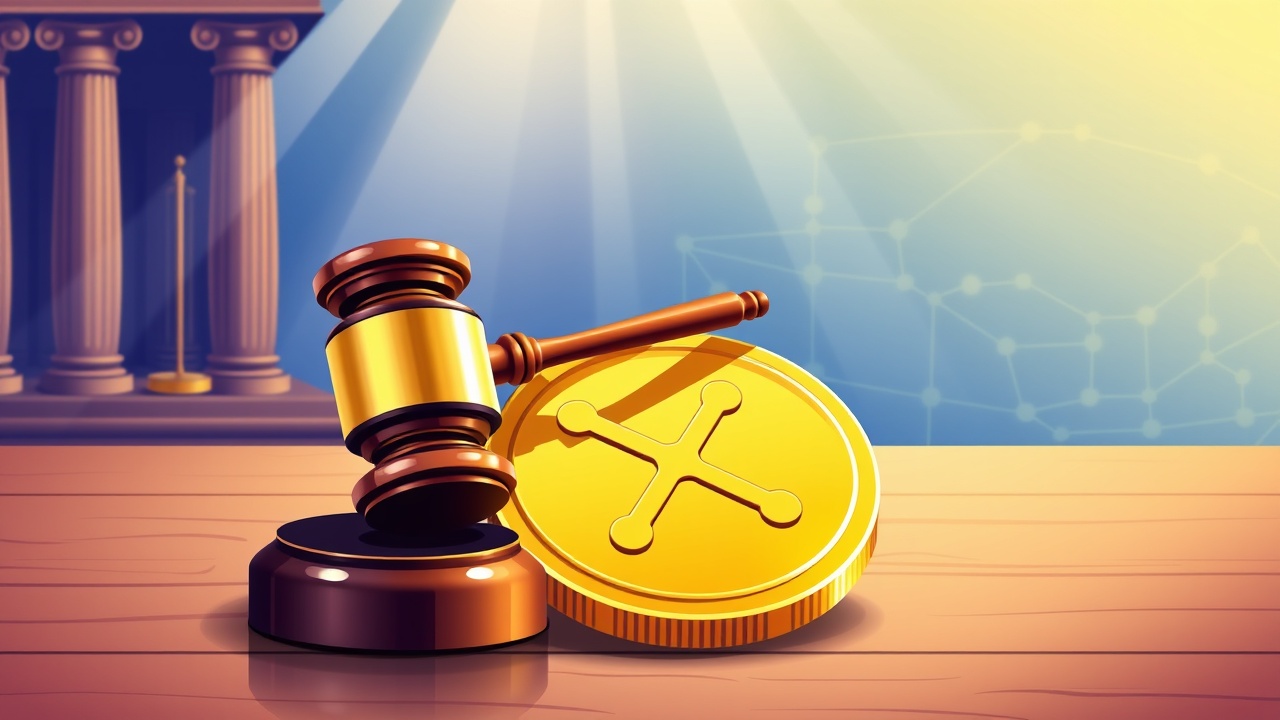XRP’s Legal Position Strengthened
In a significant development for the cryptocurrency landscape, XRP’s legal position has been fortified as the U.S. Court of Appeals for the Second Circuit officially confirmed the dismissal of appeals from Ripple Labs and the Securities and Exchange Commission (SEC) on August 22, 2025. This decision effectively ends a prolonged legal saga and establishes notable precedent in the realm of crypto regulation in the United States.
Background of the Case
The appellate court’s ruling settled the contentious multi-year dispute that initially began in December 2020, when the SEC accused Ripple of engaging in an unregistered securities offering through its sales of XRP tokens. The SEC argued that XRP should be classified as a security, subject to stringent regulatory oversight. Conversely, Ripple contended that XRP does not meet the criteria established by the Howey Test, a legal benchmark used to identify investment contracts.
Pivotal Ruling and Precedent
The case saw a pivotal ruling from District Judge Analisa Torres, who determined that XRP trades on public exchanges aimed at retail clients were not securities transactions, while those directed at institutional investors were. This nuanced ruling did not definitively favor either side but rather set a crucial precedent that might influence future interpretations regarding the nature of digital assets within legal frameworks.
Final Ruling and Implications
The court acknowledged Ripple executives Brad Garlinghouse and Chris Larsen in its final ruling, sealing the deal with a brief statement indicating the stipulation was ‘So Ordered.’
This conclusion confirms earlier lower court findings, thereby maintaining the existing legal landscape for XRP and its classification.
Aftermath of the Decision
Following the court’s decision, Ripple was initially assessed a civil monetary penalty of $125 million, a significant reduction from the SEC’s initial demand of $2 billion. Despite attempts for a settlement between Ripple and the SEC, their joint motion was rejected, preserving the judge’s ruling. Faced with no further legal avenues, both parties opted to withdraw their appeals, cementing the ruling and penalty without any alterations.




